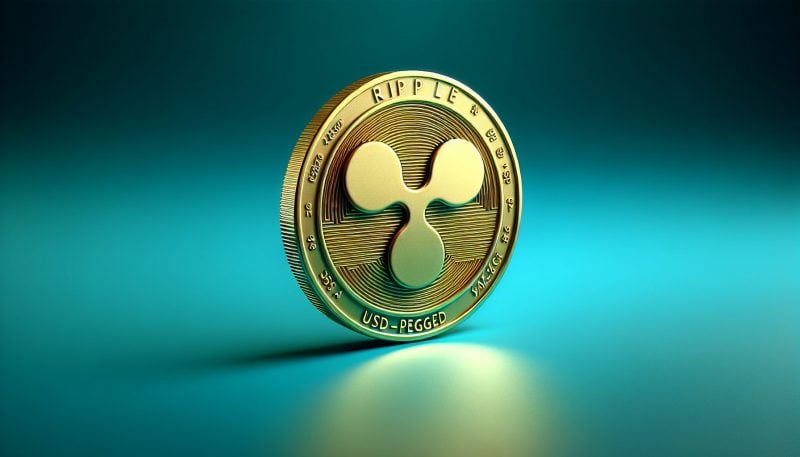RLUSD, a USD-backed stablecoin by Ripple, has received approval from the New York Department of Financial Services (NYDFS). This approval reflects compliance with New York’s stringent crypto regulations, which emphasize transparency and consumer protection.
Ripple introduced RLUSD in June 2024 as a fully USD-backed stablecoin. It aims to deliver stability and trust while challenging market leaders like Tether’s USDT and Circle’s USDC. RLUSD operates on the XRP Ledger (XRPL) and Ethereum, offering broad functionality.
Ripple’s Stablecoin: Boosting XRP and Ripple’s Ecosystem
RLUSD has already made waves in the market. Following its approval, XRP’s price surged 12%, reaching $2.41. This reflects growing investor confidence. Analysts believe RLUSD’s integration into Ripple’s ecosystem could reduce XRP’s volatility, enhancing its appeal for payments and remittances. RLUSD complements XRP’s role in cross-border transactions. By offering a stable, transparent option for digital payments, Ripple expands its utility.
This diversification strengthens its appeal to enterprises and governments seeking reliable financial solutions. “We think of RLUSD and XRP as complementary and additive. XRP would be the future of the Internet of Value, and you need an asset like that for efficient tokenization of cross-currency and cross-token settlements,” says Monica Long, President of Ripple.
Competing in the Stablecoin Market
The stablecoin market is fiercely competitive, led by USDT and USDC. RLUSD, however, distinguishes itself with full compliance with strict U.S. regulations. It is backed by onshore assets, such as Treasury bonds, ensuring security and transparency. Unlike USDT, often criticized for opaque reserves, RLUSD undergoes real-time audits.
Its adherence to U.S. accounting standards, like Generally Accepted Accounting Principles (GAAP), ensures clarity. It also meets Basel III requirements, prioritizing financial stability and risk management. While Circle’s USDC is lauded for transparency, its reserve holdings are partially based offshore. RLUSD’s compliance with U.S. regulatory standards, including its approval from the NYDFS, could make it a preferred stablecoin for businesses and institutions seeking reliability.
Broader Market Impact
RLUSD’s NYDFS approval sets a new benchmark for the crypto industry. It highlights the importance of transparency, security, and regulation. Analysts predict this could push other stablecoin issuers to prioritize compliance. As the first stablecoin eligible for U.S. banks to hold, RLUSD bridges traditional finance and blockchain technology. This development may accelerate stablecoin adoption in mainstream financial systems. Ripple’s approach aligns innovation with compliance, building trust among regulators, businesses, and consumers.
Technical Overview
RLUSD operates on the XRP Ledger and integrates with Ethereum, enhancing its use cases. It is designed for security, efficiency, and cross-platform utility. The stablecoin maintains 1:1 backing with USD, ensuring price stability and confidence. To secure NYDFS approval, Ripple met rigorous standards, including real-time audits and robust capital reserves. RLUSD now sets a high bar for regulated stablecoins.

